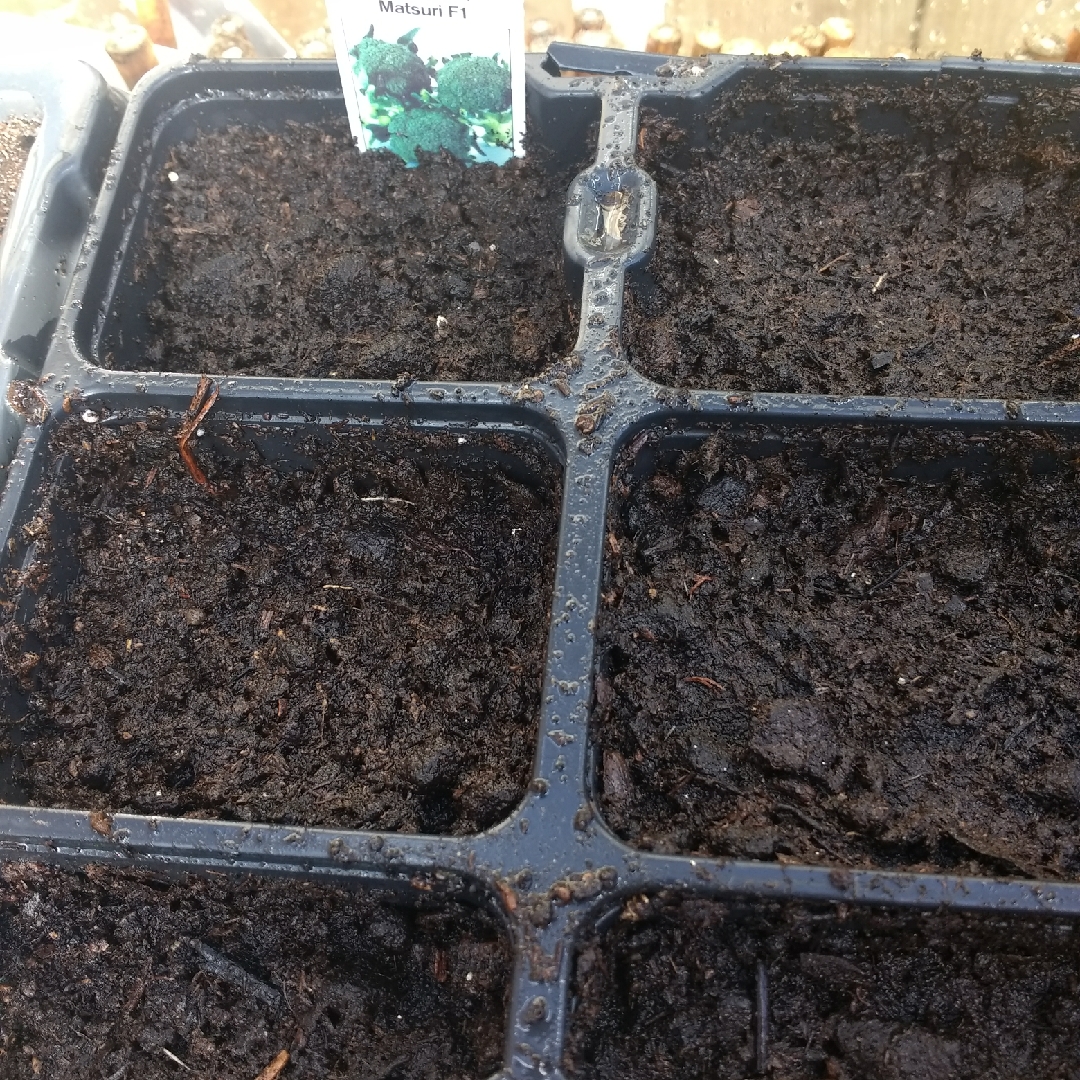
Brassica oleracea 'Matsuri' F1
Broccoli Calabrese 'Matsuri' F1
Broccoli is a type of brassica that has flowering heads eaten as a vegetable, and considered by many to be a "superfood" because of its nutritional benefits..Calabrese is an Autumn type of broccoli, usually with green flowering heads. 'Matsuri' is a dwarf variety that can be grown under cloches. The plants have good disease resistance.
Contributed by @slj
-
Full sun to partial shade
-
Occasional watering
-
Full Frost Hardy: 5F (-15°C)
-
Free draining and fertile
Common name
Broccoli Calabrese 'Matsuri' F1
Latin name
Brassica oleracea 'Matsuri' F1
type
Vegetable
family
Brassicaceae
ph
6.0 - 7.0 Acid - Neutral
Plant & bloom calendar
-
Best time to plant
-
When to harvest
full grown dimensions
 0.40 M
0.30 M
0.40 M
0.30 M
Brassica oleracea 'Matsuri' F1
Broccoli is a type of brassica that has flowering heads eaten as a vegetable, and considered by many to be a "superfood" because of its nutritional benefits..Calabrese is an Autumn type of broccoli, usually with green flowering heads. 'Matsuri' is a dwarf variety that can be grown under cloches. The plants have good disease resistance.
Propagating by seed
From Early Spring TO Early Summer
Sow seeds in trays in the greenhouse in Spring, or outdoors from after last frosts. Sow the seeds about 1" apart, in damp compost, cover with compost, then water, and label. Keep the compost moist, but not wet,.and thin out the weaker plants as they grow.
Planting
From Early Summer TO Mid Summer
Seedlings started off in the greenhouse should be hardened off gradually before being planted outside. Plant 12" - 24" apart (depending on the size of the variety being grown) and allow at least 1' between rows. Firm the plants in well, and give them a really good puddle of water. Seedlings that were sown direct in the soil should be thinned out to 12" apart (or replanted)









